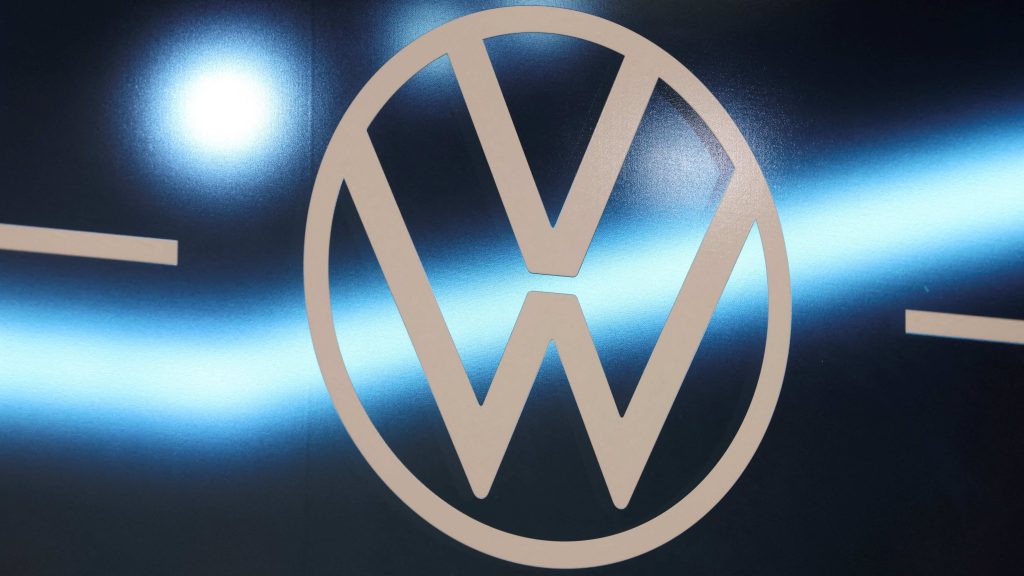
Volkswagen and worker representatives have agreed to measures for a cost-cutting drive that will yield 10 billion euros ($11 billion) in gains by 2026, up to 4 billion of which should kick in next year, the company said.
The measures, which come after two months of talks amid intensifying competition in the electric age, include speeding up development and production times, reducing staff costs and implementing a more efficient procurement strategy.
In a statement on Tuesday, Volkswagen set savings targets for each of these measures in a package it hopes will add up to 10 billion euros in gains by 2026 and a profit margin of 6.5%, up from 3.4% in the first nine months of this year.
If necessary, the carmaker could also offer selective contract termination agreements across the company, human resources board member Gunnar Kilian said, with vacated roles left unfilled to reduce total headcount – a means of reducing the number of staff without breaking its agreement with the works council to rule out dismissals.
“With the agreement reached, we will create the necessary flexibility from 2024 to successfully secure the company’s profitability and thus sustainable employment,” he said.
PERFORMANCE PROGRAMMES
The Volkswagen brand, which fuels most of the carmaker’s unit sales, is the first of the Volkswagen Group’s brands to undergo a cost-cutting drive, dubbed ‘performance programmes’ by executives attempting to convince investors of the carmaker’s credibility and financial stability.
In a memo to staff earlier this month, Volkswagen said it planned to slash administrative staff costs at its namesake brand by a fifth, save a billion euros by 2028 through reducing product development cycles to three years from 50 months, cut production times and scrap a planned new 800-million-euro R&D site in its home city of Wolfsburg.
Further measures listed in Tuesday’s statement included partial retirement for workers born in 1967, or 1968 for those with severe disabilities, to reduce costs particularly in the administrative personnel area.
The carmaker also planned to save 320 million euros a year through better purchasing performance in its procurement, generate over 250 million euros a year through optimising its after-sales business, and save over 200 million euros a year by improving production times.
A further 400 million euros annually would be saved by reducing the number of test vehicles used in technical development by up to 50%, with more testing done via digital processes, it said.
(Reporting by Victoria Waldersee, Christina Amann; Editing by Miranda Murray, Keith Weir and Bernadette Baum)